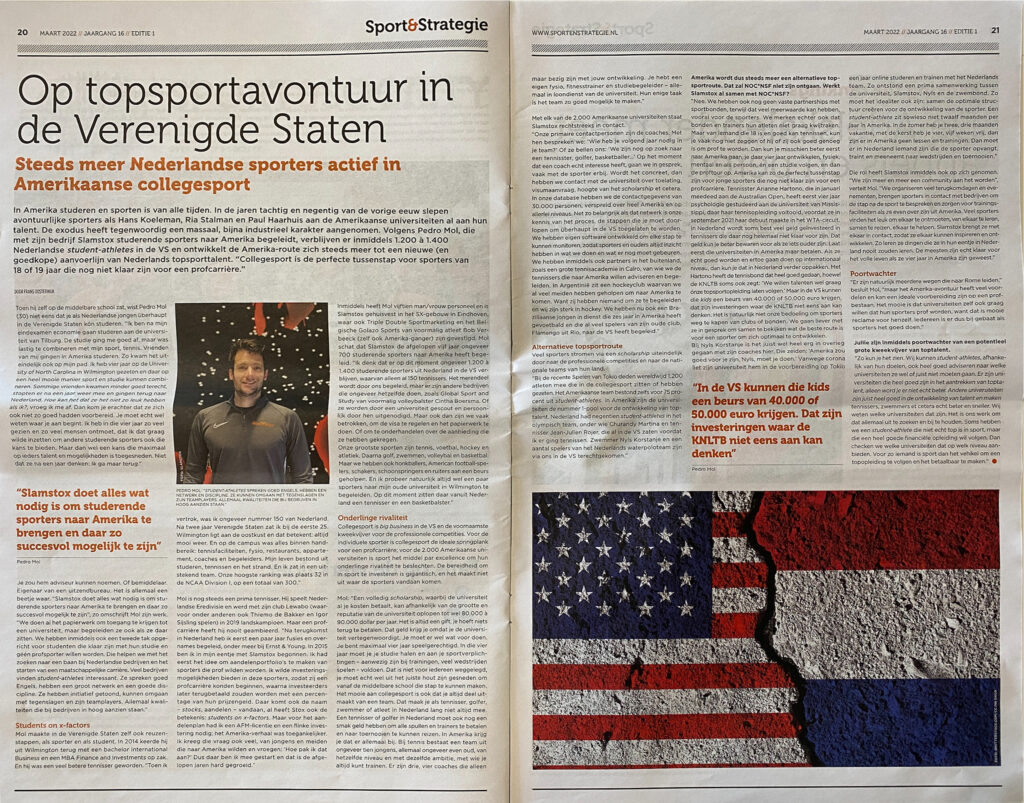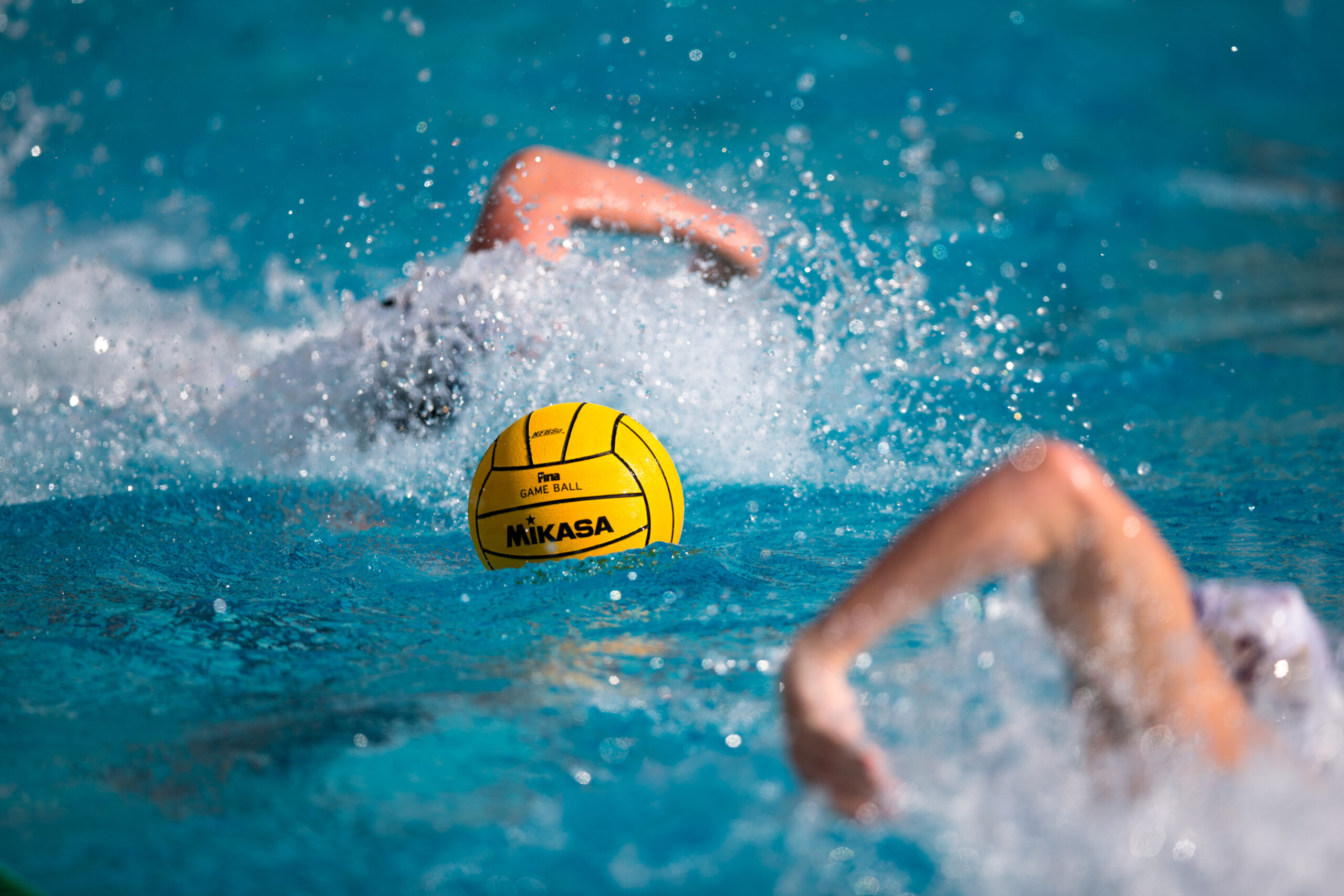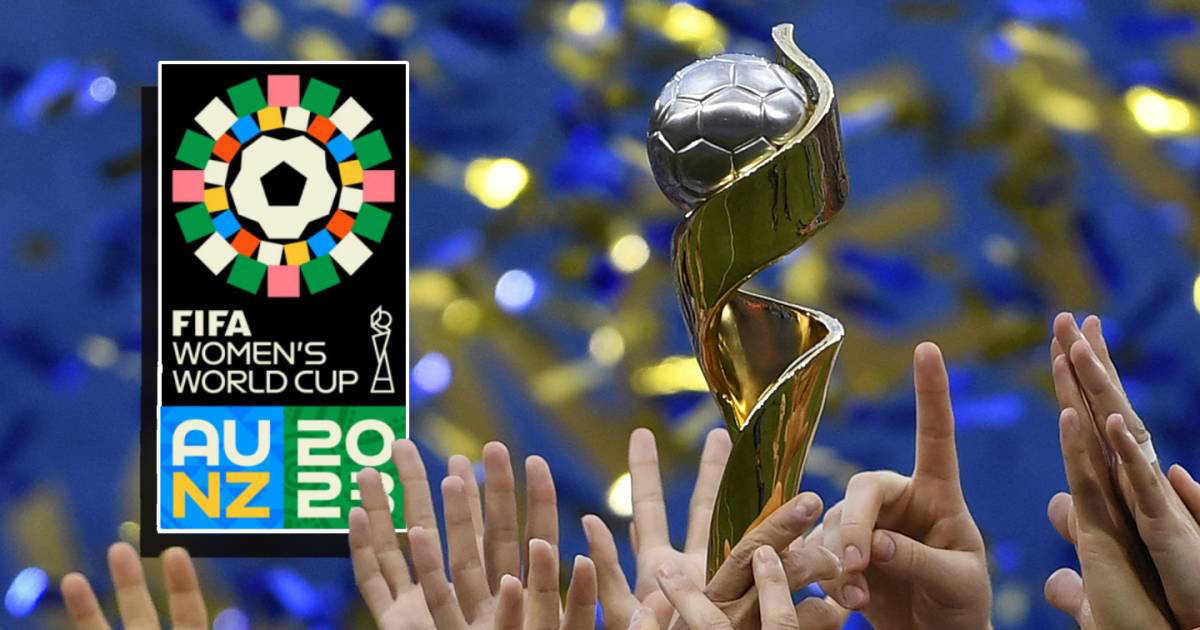This month the latest issue of Sport & Strategy was published, extra nice it contains an article with Pedro Mol about Slamstox. Curious? Read on quickly.

On a top sports adventure in the United States
More and more Dutch athletes active in American college sports
Studying and playing sports in America is of all times. In the eighties and nineties of the last century, adventurous athletes such as Hans Koeleman, Ria Stalman and Paul Haarhuis were already working on their talent. Today the exodus has taken on a massive, almost industrial character. According to Pedro Mol, who guides student athletes to America with his company Slamstox, there are now 1,200 to 1,400 Dutch student athletes in the US and the America route is increasingly developing into a new (and cheap) supply line for Dutch top sports talent. “Collegesport is the perfect intermediate step for athletes aged 18 or 19 who are not yet ready for a professional career.”
When he was in high school himself, Pedro Mol (30) didn’t even know that as a Dutch boy you could study in the United States at all. ”After my final exams in economics, I went to study economics at Tilburg University. The study went well for me, but it was difficult to combine with my sport, tennis. Friends of mine went to study in America. That’s how it eventually came my way. I spent four years at the University of North Carolina in Wilmington, where I was able to combine sport and study in a very beautiful way. Some friends ended up less well, stopped after a year and went back to the Netherlands. How come they don’t like it as much as I do?, I wondered. Then you find out that they weren’t prepared very well either. You really need to know what you’re getting into. I’ve seen so much in those four years and met so many people that I wanted to use that to offer other student athletes the same opportunity. But an opportunity that is tailored to everyone’s talent and capabilities. Not that after a year they think: I’ll go back.“
“Slamstox is doing whatever it takes to bring college athletes to America and be as successful as possible.”
Pedro Mol
You could call him advisor. Or mediator. Owner of an employment agency. It’s all kinda true. ”Slamstox does everything necessary to bring student athletes to America and to be as successful as possible there”, is how Mol describes his work. ”We do all the paperwork to get into a university, but also guide them when they are there. We have now also established a second branch for students who have completed their studies and who do not want to become a professional athlete. We help them to look for a job at Dutch companies and to start a social career. Many companies find student-athletes interesting. They speak good English, have a large network and good discipline. They have shown initiative, can deal with setbacks and are team players.
Students on x-factors
Mol also made giant strides in the United States, as an athlete and as a student. He returned from Wilmington in 2014 with a bachelor’s degree in International Business and an MBA in Finance and Investments. And he had become a much better tennis player. ”When I left, I was about number 150 in the Netherlands. After two years in the United States I was in the first 25. Wilmington is located on the east coast and that means: always nice weather. And everything on campus was within reach: tennis facilities, physio, restaurants, apartment, coaches and counselors. My life consisted of studying, playing tennis and the beach. And I was on an excellent team. Our highest ranking was place 32 in the NCAA Division I, out of a total of 300.”
Mol is still a decent tennis player. He plays in the Dutch Eredivisie and became national champion in 2019 with his club Lewabo (for which Thiemo de Bakker and Igor Sijsling also play). But he never aspired to a professional career. ”After returning to the Netherlands, I first supervised a few mergers and acquisitions, including at Ernst & Young. In 2015 I started Slamstox on my own. At first I had the idea to create stock portfolios of athletes who wanted to become pros. I wanted to provide investment opportunities in these athletes so that they could start pro careers, after which investors would later be paid back with a percentage of their prize money. That is where the name – stocks, shares – comes from, although Stox also has the meaning: students on x-factors. But for the share plan I needed an AFM license and a significant investment; the America story was more accessible. I got that question a lot too, from boys and girls who wanted to go to America and asked: ‘How do I do that?’ So that’s what I started with and it has grown rapidly in recent years.”
Mol now has fifteen male/female staff and Slamstox is housed in the SX building in Eindhoven, which also houses Triple Double Sportmarketing and the Belgian Golazo Sports of former athlete Bob Verbeeck (who is also America-goer). Mol estimates that Slamstox has accompanied about 700 student athletes to America in the past five years. ”I think there are currently about 1,200 to 1,400 student athletes from the Netherlands in the US, 150 of whom are tennis players alone. The majority is supervised by us, but there are other companies that do about the same, such as Global Sport and Study of former volleyball player Cintha Boersma. Or they are scouted by a university and personally invited by them. But even then we are often involved in arranging the visas and doing the paperwork.
Our main sports are tennis, football, hockey and athletics. Then golf, swimming, volleyball and basketball. But we have also helped baseball players, American football players, chess players, diving divers and horse riders to scholarships. And of course I always try to guide a few athletes to my old university in Wilmington. At the moment there is a tennis player and a basketball player there from the Netherlands.”
Mutual rivalry
College sports are big business in the US and the main breeding ground for professional competitions. For the individual athlete, college sports are the ideal springboard for a professional career; for 2,000 American universities, sport is the means par excellence for settling their mutual rivalry. The willingness to invest in sports is huge, no matter where athletes come from.
Mol: ”A full scholarship, in which the university pays all your costs, can amount to 80,000 to 90,000 dollars a year, depending on the size and reputation of the university. It is always a gift, you do not have to pay anything back. You get that money because you represent the university. You have to do something for it. You are eligible to play for a maximum of four years. In those four years you have to complete your studies and fulfill your sports obligations – being present at training sessions, playing many matches. That is not for everyone, you really have to be cut from the right stuff to be able to take that step from high school. The great thing about college sports is that you are always part of a team. As a tennis player, golfer, swimmer or athlete in the Netherlands you do not always experience that. A tennis player or golfer in the Netherlands also needs a lot of money to pay for all equipment and trainers and to be able to travel to tournaments. In America you get all that. In tennis, a team consists of about ten guys, all about the same age, of the same level and with the same ambition, with whom you can always train. There are three or four coaches who are only concerned with your development. You have your own physiotherapist, fitness trainer and tutor – all of which are employed by the university. Their only job is to make the team as good as possible.” of the same level and with the same ambition, with whom you can always train. There are three or four coaches who are only concerned with your development. You have your own physiotherapist, fitness trainer and tutor – all of which are employed by the university. Their only job is to make the team as good as possible.” of the same level and with the same ambition, with whom you can always train. There are three or four coaches who are only concerned with your development. You have your own physiotherapist, fitness trainer and tutor – all of which are employed by the university. Their only job is to make the team as good as possible.”
Slamstox has direct contact with each of the 2,000 American universities. “Our primary contact persons are the coaches. We discuss with them: ‘Who do you need in your team next year?’ Or they call us: ‘We are still looking for a tennis star, golfer, basketball player…’ When a coach is really interested, we start a conversation, often with the athlete present. If it becomes concrete, we will be in contact with the university about admission, visa application, the amount of the scholarship, et cetera. In our database we have the contact details of 30,000 people, spread across America and at all levels. Just as important as that network is our knowledge of the process, the steps you have to go through to be admitted to the US at all. We have developed our own software to monitor every step, so that athletes and parents always have insight into what we are doing and what still needs to be done. We now also have partners abroad, such as a large tennis academy in Cairo, from whom we advise and guide tennis players who want to come to America. In Argentina there is a hockey club from which we have already helped many girls to come to America. Because they have no one to guide them and we are strong in hockey. We now also have a Brazilian boy who played football in America for six years and who has already accompanied many players from his old club, Flamengo from Rio, to the US.” of whom we advise and guide the tennis players who want to go to America. In Argentina there is a hockey club from which we have already helped many girls to come to America. Because they have no one to guide them and we are strong in hockey. We now also have a Brazilian boy who played football in America for six years and who has already accompanied many players from his old club, Flamengo from Rio, to the US.” of whom we advise and guide the tennis players who want to go to America. In Argentina there is a hockey club from which we have already helped many girls to come to America. Because they have no one to guide them and we are strong in hockey. We now also have a Brazilian boy who played football in America for six years and who has already accompanied many players from his old club, Flamengo from Rio, to the US.”
Alternative top sport route
Many athletes eventually progress through a scholar shop to the professional leagues and national teams of their countries. At the recent Tokyo Games, 1,200 athletes worldwide who are or have been in college sports took part. In fact, 75 percent of the American team consisted of student athletes. In America, universities are the number 1 pole for developing top talent. The Netherlands had nineteen student athletes on the Olympic team, including Churandy Martina and tennis player Jean-Julien Rojer, who were already in the US before I started playing tennis there. Swimmer Nyls Korstanje and a number of players from the Dutch water polo team ended up in the US through us.”
America is therefore increasingly becoming an alternative top sport route. NOC*NSF will have noticed that. Is Slamstox already working with NOC*NSF?
”New. We also do not yet have permanent partnerships with sports associations, although that can have a lot of added value, especially for the athletes. However, we also notice that federations and trainers do not like to lose their athletes. But from someone who is 18 and can play tennis well, you often cannot tell whether he or she is also good enough to become a professional. Then it might be better to go to America first, develop there for four years, physically, mentally and as a person, and follow a study, and then go on the professional tour. America can thus be the perfect intermediate step for young athletes who are not yet ready for a professional career. Tennis star Arianne Hartono, who entered the Australian Open in January, spent four years studying psychology at the University of Mississippi, completing her tennis training there, before making her debut on the WTA circuit in September 2021. In the Netherlands, quite a lot of money is sometimes invested in tennis players who are not yet ready for it. Better save that money for when they are a little older. Let those universities in America pay first. If they become really good and start to matter at an international level, you can take that further in the Netherlands. The tennis association has done very well with Hartono, although the KNLTB sometimes also says: ‘We would like to let talents follow our top sports training.’ But in the US, those kids can get a scholarship of 40,000 or 50,000 euros, these are investments that the KNLTB cannot even think of. It is of course not our intention to steal athletes away from clubs or associations. We prefer to talk to them to see together what is the best for an athlete to develop optimally.
At Nyls Korstanje, it has been very much discussed with his coaches here. They said: ‘America would be good for you, Nyls, you should do it.’ Because of corona, his university allowed him to study and train online with the Dutch team for a year in preparation for Tokyo. This created an excellent collaboration between the university, Slamstox, Nyls and the swimming association. This is how it should ideally be: creating the optimal structure together for the development of the athlete. A student-athlete does not spend twelve months a year in America anyway. In the summer you have two or three months of vacation, at Christmas you have four or five weeks off, then there are no classes and training in America. Then there must be someone in the Netherlands who receives the athlete, trains and takes them to competitions and tournaments.”
At Nyls Korstanje, it has been very much discussed with his coaches here. They said: ‘America would be good for you, Nyls, you should do it.’ Because of corona, his university allowed him to study and train online with the Dutch team for a year in preparation for Tokyo. This created an excellent collaboration between the university, Slamstox, Nyls and the swimming association. This is how it should ideally be: creating the optimal structure together for the development of the athlete. A student-athlete does not spend twelve months a year in America anyway. In the summer you have two or three months of vacation, at Christmas you have four or five weeks off, then there are no classes and training in America. Then there must be someone in the Netherlands who receives the athlete, trains and takes them to competitions and tournaments.
”In the US, those kids can get a grant of 40,000 or 50,000 euros. These are investments that the KNLTB cannot even think about.”
Pedro Mol
Slamstox has now also taken on that role. ”We are becoming more and more of a community”, says Mol. “We organize many return days and events, put athletes in touch with companies to discuss the step after the sport and provide training facilities when they are back from America. Many athletes enjoy meeting each other, learning from each other, traveling together, helping each other. Slamstox brings them into contact with each other, so that they can inspire and develop each other. In this way they learn things that they would never learn on their own in the Netherlands. Most are really ready for full life after they have been in America for four years.”
Gatekeeper
”Of course there are several roads that lead to Rome,” concludes Mol, ”but the America adventure has many advantages and can be an ideal preparation for a professional life. The great thing is that universities themselves also want their athletes to become professionals, because that is good advertising for themselves. Everyone benefits when athletes do well.”
You are now the gatekeeper of a potentially large breeding ground for top talent.
“That’s how you can see it. Depending on their goals, we can also advise student athletes very well which universities they should or should not attend. There are universities that are very good at attracting top talent, but you don’t really get better there. Other universities are actually very good at developing talent and really make tennis players, swimmers, etc. better and faster. We know which universities those are. Our job is to find out and keep track of all that. Sometimes we have a student-athlete who isn’t really top in sports, but who wants to get a really good financial education. Then we check which universities offer this at which level. For such a person, sport is the vehicle to follow a top education and to make it affordable.”
Source: Sport & Strategie, Frans Oosterwijk (March 2022)






